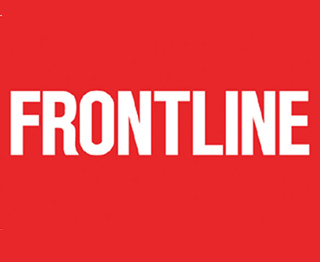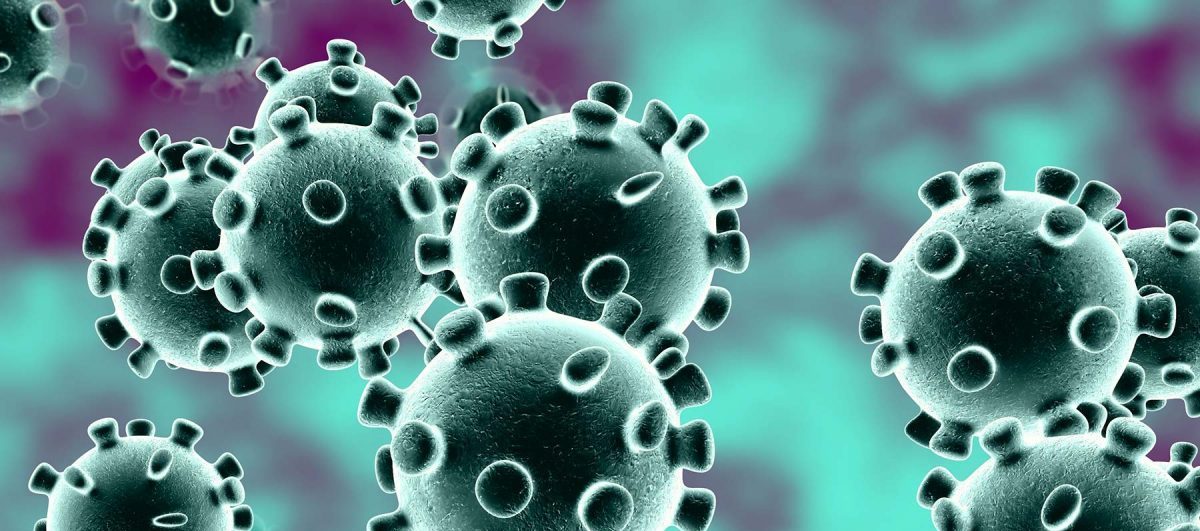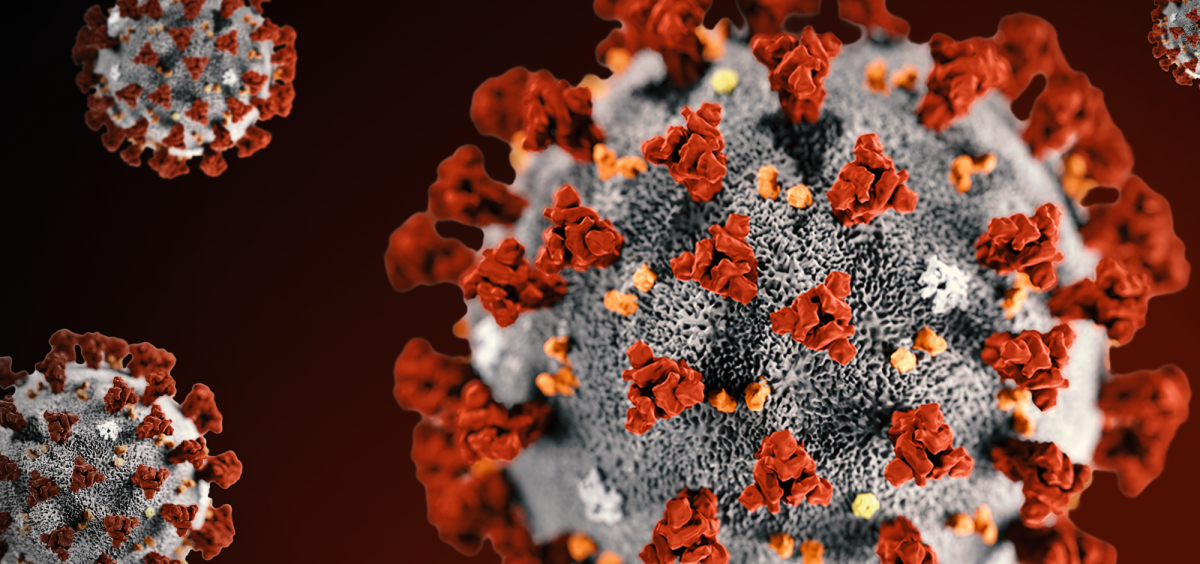Communiqué
FRONTLINE Chronicles How People Have Experienced the Pandemic – Two Day Event Premieres April 26
< < Back toFilmed in 21 Countries, Panoramic FRONTLINE Special Chronicles How People Around the World Have Experienced the COVID-19 Pandemic
The Virus That Shook the World
A Two-Part Special
Mon., Apr. 26, 2021: 9pm on PBS and on YouTube
Tues., Apr. 27, 2021: 10pm on PBS and on YouTube
Streaming at 7pm at pbs.org/frontline & in the PBS Video App
www.facebook.com/frontline | Twitter: @frontlinepbs
Instagram: @frontlinepbs | YouTube: youtube.com/frontline
On April 26 and 27, FRONTLINE presents The Virus That Shook the World, a two-part documentary special chronicling the first year of the coronavirus pandemic through the eyes of people all over the world — from a hot dog vendor in New York City to a ballet dancer in Moscow; from a food blogger in Wuhan to a filmmaker in a remote Indigenous village in Brazil.
 Filmed in 21 countries and featuring extensive personal video and local footage, this documentary special from award-winning filmmaker James Bluemel (Exodus, Exodus: The Journey Continues, Once Upon a Time in Iraq) traces the pandemic’s path around the globe through the stories of people experiencing it, showing how responses to the disease that has now killed more than 3 million people have differed across culture, race, faith and privilege.
Filmed in 21 countries and featuring extensive personal video and local footage, this documentary special from award-winning filmmaker James Bluemel (Exodus, Exodus: The Journey Continues, Once Upon a Time in Iraq) traces the pandemic’s path around the globe through the stories of people experiencing it, showing how responses to the disease that has now killed more than 3 million people have differed across culture, race, faith and privilege.
“What COVID-19 did was reveal what kind of society we are,” says Carlos Vladimir Rodriguez Valencia IV, who works for the mayor’s office in Bogota, Colombia, and has spent the pandemic distributing food to people in need. “It showed the level of poverty. And brought many things to the surface. The people’s anger. The lack of opportunities. The lack of trust towards institutions. Now, it’s all been intensified by COVID.”
Over the course of two nights, from lockdowns to funerals to protests, The Virus That Shook the World shares intimate and unforgettable glimpses into how the pandemic has played out in the lives, homes and communities of people around the world. We meet a doctor in the United Kingdom who works at what would become the first hospital in the world to administer a COVID-19 vaccine; she is still haunted by the memory of the first patient she treated who died from the disease.
“I went from having an incredible conversation with a lovely, lovely individual, and within two hours, she’d been transferred to the intensive care unit. She was intubated, she was ventilated and she died,” says Dr. Amie Burbridge. “And I did absolutely nothing to help her, apart from giving false hope to her and her family: ‘Oh, it’s absolutely fine; we’ll give her some oxygen; you’ll be fine.’”

“He used to tell me when he grows up the whole world will know [who] he is… But I didn’t know it would be like this. I wanted them to know him as a grown man, I mean as a grown up, with a family, and not dead,” says Khadiya Moyo about her son, Yasin Hussein Moyo.
The Virus That Shook the World shows people around the world reacting in different ways to various governments’ responses to the virus. Takuma Kuikuro, a member of the Kuikuro people, lives in Ipatse Village, Brazil, Indigenous territory that’s over 100 miles from the nearest city; he is highly critical of the government’s virus response in Brazil, a country second only to the U.S. in its known COVID death toll.
“COVID has arrived in the village. My wife is sick. Others are sick, too,” he says. “This means danger. We are really frightened.”
In Louisiana, we meet a pastor who calls COVID a “scamdemic” and defies restrictions to keep his church services going: “Why would anybody who is a church want to close their doors because of a virus?” says Pastor Tony Spell.
The Virus That Shook the World illuminates differences between how wealthy and low-income people have experienced the pandemic, and COVID-19’s disproportionate impact on Black, Indigenous, Hispanic and other people of color in the U.S. and elsewhere.
“People working full time are getting salaries even if they don’t go to the office. Where do we go? Whose door do we knock on?” says Prakash Bhat, a musician and puppeteer in Delhi, India, who sleeps in the open. “If we don’t go out and perform, we make no money.”
In the hard-hit, largely Black and Asian community of Newham in the U.K., we meet a social worker who consoles families who have lost loved ones to COVID. “In many of the cases that we have dealt with, the main bread winner died of COVID-19,” says Abu Mumin. “Now, there are lots of widows.”
“When we talk about essential workers, it was, like, people in doctors’ coats,” says Tanya Denise Fields, an activist and mom who lives with her partner and six children in a 3-bedroom apartment in the Bronx. “But essential workers also look like the people who clean up behind doctors, right?”
Through the story of Fields, who joined protests for racial justice in the wake of George Floyd’s killing, The Virus That Shook the World also explores how the pandemic has shone a spotlight on issues of racism and inequality.

By juxtaposing the experiences of different people all around the world throughout the first year of the pandemic, The Virus That Shook the World offers a uniquely panoramic view of how the coronavirus has created ripples of profound loss, restructured how people across the world live their lives, and amplified existing inequities.
“That’s what COVID-19 does. It lays it right there and tells you this is the society you live in,” says Carlos Valencia, the government employee in Colombia.
Part one of The Virus That Shook the World premieres Mon., Apr. 26 at 9 on PBS stations, with part two premiering Tues., Apr. 27 at 10. The two-part, three-hour series will also be available to stream on FRONTLINE’s website, YouTube and the PBS Video App.

